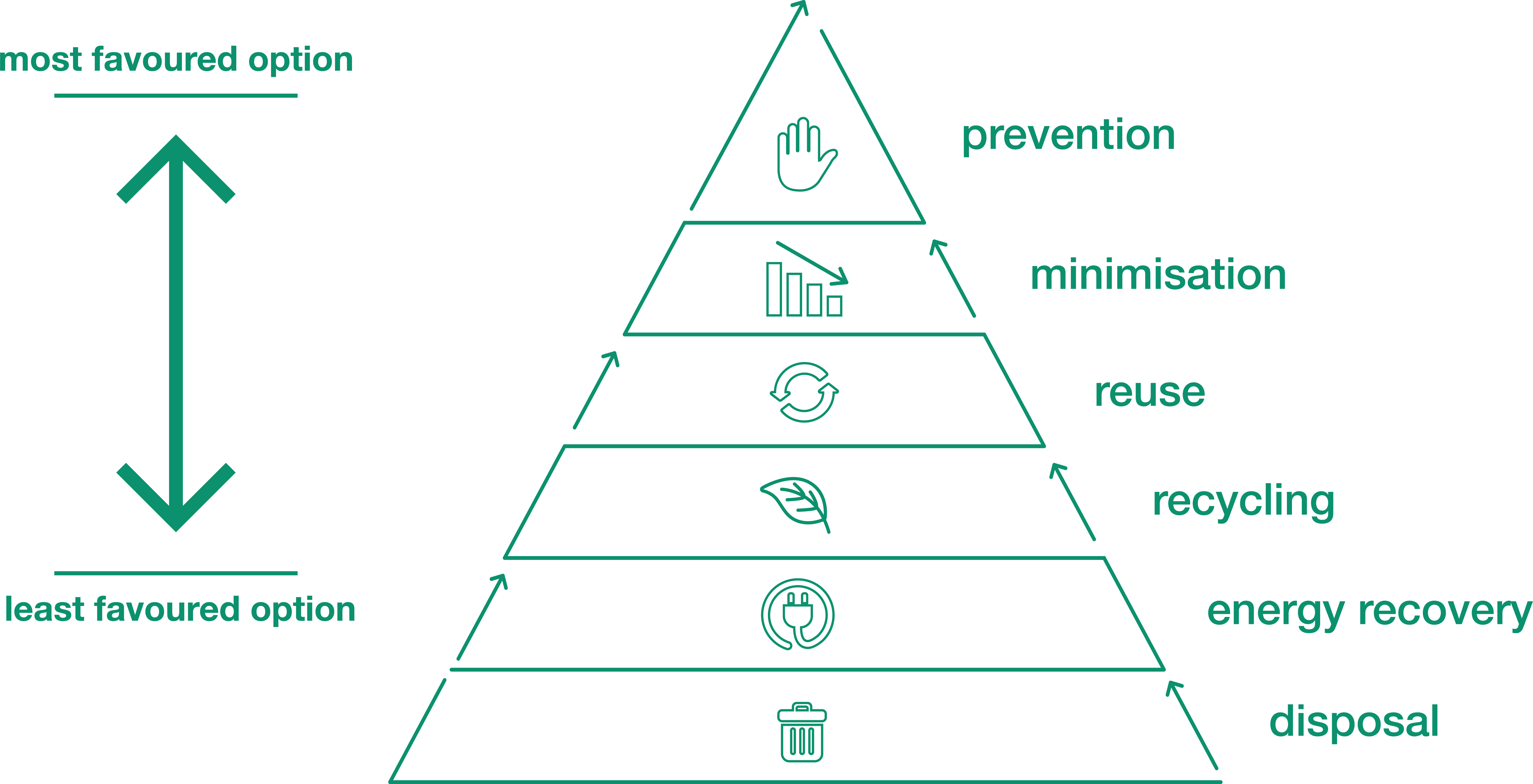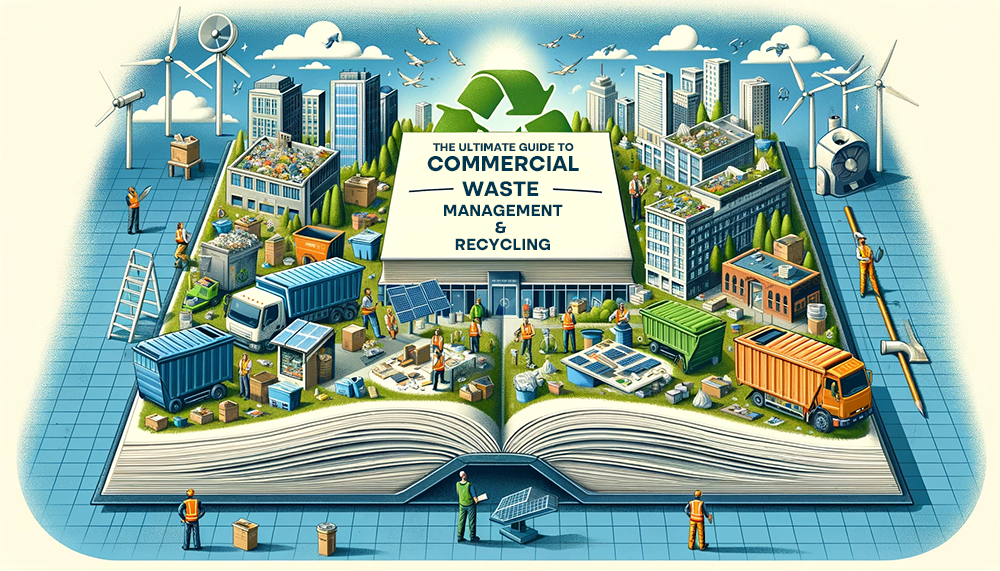The Influence of Recycling Lives Services on Communities and the Atmosphere
The Influence of Recycling Lives Services on Communities and the Atmosphere
Blog Article
Exploring Different Sorts Of Waste in Modern Waste Monitoring Solution
The modern landscape of waste management entails navigating a complex variety of waste types, each needing specialized handling and disposal techniques to reduce environmental impacts. Community solid waste, hazardous waste, digital waste, and natural waste each existing distinctive challenges and possibilities for resource recovery.
Municipal Strong Waste
Community strong waste, often referred to as family garbage or waste, incorporates a range of thrown out materials generated by domestic, commercial, and institutional sources within a municipality. This waste stream usually includes things such as product packaging, food scraps, yard trimmings, paper, plastics, fabrics, and thrown out family goods. The monitoring of local solid waste is an essential component of urban planning and public health and wellness, necessitating effective collection, transport, and disposal systems.
Effective waste monitoring systems are developed to lessen ecological influence while making best use of resource recuperation. This often includes a combination of strategies including recycling, landfilling, and composting. Reusing programs target products like paper, glass, steels, and particular plastics, diverting them from land fills and reintroducing them right into the production cycle. Composting organic waste, such as food scraps and yard trimmings, not only reduces land fill use but additionally produces important soil changes.
Towns should additionally resolve the economic and logistical difficulties related to waste management. Carrying out pay-as-you-throw systems, boosting public awareness, and purchasing technology can substantially improve waste diversion prices. By incorporating these practices, districts can promote sustainable neighborhoods, lower greenhouse gas emissions, and save natural deposits.
Contaminated Materials

Effective contaminated materials administration entails several vital actions: identification, segregation, treatment, and disposal. Identification requires the classification of waste based on its hazardous buildings. Segregation makes sure that hazardous products are saved independently from non-hazardous waste to avoid cross-contamination. Treatment methods, such as chemical neutralization, incineration, and stabilization, are employed to decrease the poisoning, volume, or wheelchair of the waste. Disposal options, including safe and secure landfills and underground storage space, are chosen to make sure long-term containment.
Regulatory structures, such as the Source Preservation and Recuperation Act (RCRA) in the United States, provide guidelines and criteria for harmful waste administration. Adherence to these policies, combined with improvements in waste treatment innovations, is vital in mitigating the threats related to dangerous waste.
Electronic Waste
Electronic waste, generally described as e-waste, represents a swiftly growing challenge in waste monitoring systems internationally. This sort of waste encompasses thrown out digital devices and tools such as smartphones, computer systems, tvs, and various other digital appliances. The rapid rate of technical advancement, coupled with lowering item life-spans and consumer need for the most up to date tools, has actually significantly enhanced the quantity of e-waste generated annually.
E-waste is specifically troublesome as a result of its complicated make-up, commonly containing hazardous compounds like cadmium, mercury, and lead, which position substantial ecological and health and wellness threats if not effectively managed. On the other hand, e-waste likewise includes useful products such as silver, copper, and gold, which can be recouped and reused. The dual nature of e-waste-- both useful and harmful-- necessitates specific handling, reusing, and disposal procedures.
Efficient e-waste monitoring entails stringent regulatory structures, durable collection systems, and progressed reusing modern technologies. Public awareness and participation are vital, as incorrect disposal methods, such as illegal disposing and casual recycling, aggravate ecological contamination and health and wellness risks. Enhancing e-waste monitoring practices is vital for alleviating eco-friendly effect and recuperating beneficial sources in an increasingly electronic world.

Organic Waste
Organic waste, consisting of kitchen area scraps, backyard trimmings, and farming residues, stands for a substantial part of the worldwide waste stream. This kind of waste is eco-friendly, meaning it can be damaged down by microorganisms right into less complex organic compounds. Regardless of its capacity for all-natural decomposition, inappropriate management of natural waste can lead navigate to these guys to negative ecological influences, including the discharge of greenhouse gases such as methane, which add to climate modification.
Effective monitoring of natural waste is critical for reducing these ecological influences (recycling lives services). Composting is an extensively embraced approach, changing natural waste into nutrient-rich garden compost that can boost dirt health and wellness and farming efficiency. Furthermore, anaerobic food digestion is an arising modern technology that converts organic waste right into biogas, a renewable resource resource, and digestate, which can be used as fertilizer
Municipalities and waste administration entities have to implement robust natural waste collection and therapy programs to make the most of the advantages of these processes. Public education and learning campaigns can likewise play a crucial duty in motivating households and companies to separate organic waste from other types of waste. By focusing on the administration of organic waste, societies can minimize land fill usage, reduced greenhouse gas exhausts, and develop valuable byproducts for agricultural use.

Ingenious Waste Administration
In the world of waste administration, ingenious methods are changing just how societies handle their refuse, intending for sustainability and performance. One noticeable technology is the execution of clever waste bins geared up with sensors that monitor fill degrees and enhance collection routes.
Another remarkable growth is the adoption of waste-to-energy (WtE) modern technologies. By transforming non-recyclable waste into usable power with processes such as incineration and anaerobic digestion, WtE reduces landfill worry and supplies a renewable resource source. Additionally, developments in chemical reusing enable for the breakdown of intricate plastics into their original monomers, enabling the production of new, top quality plastic items.
Additionally, the round economy version is obtaining grip, stressing the style of items and systems that prioritize reusability and resource performance. This holistic method encourages markets to decrease waste generation from the outset. With these cutting-edge approaches, contemporary waste monitoring systems are not only resolving the immediate challenges of waste disposal yet additionally leading the way for a much more lasting future.
Verdict
A thorough understanding of local strong waste, contaminated materials, electronic waste, and natural waste, paired with the site web execution of innovative waste management solutions, is crucial for alleviating ecological influences. Incorporating technologies such as wise waste bins and waste-to-energy systems can improve effectiveness and sustainability. Reliable waste management techniques not only foster resource healing however likewise promote public awareness and engagement, ultimately contributing to the development of a circular economy.
The modern landscape of waste management includes navigating a complex range of waste types, each requiring specialized handling and disposal methods to mitigate ecological influences. Community solid waste, hazardous waste, digital waste, and natural waste each existing unique challenges and opportunities for resource recovery.Digital waste, generally referred to as e-waste, represents a quickly growing challenge in waste management systems globally. Via these innovative techniques, modern waste monitoring systems are not just dealing with the immediate challenges of waste about his disposal but additionally paving the way for an extra sustainable future.
An extensive understanding of municipal strong waste, harmful waste, electronic waste, and natural waste, coupled with the implementation of innovative waste administration services, is necessary for alleviating environmental impacts. (recycling lives services)
Report this page